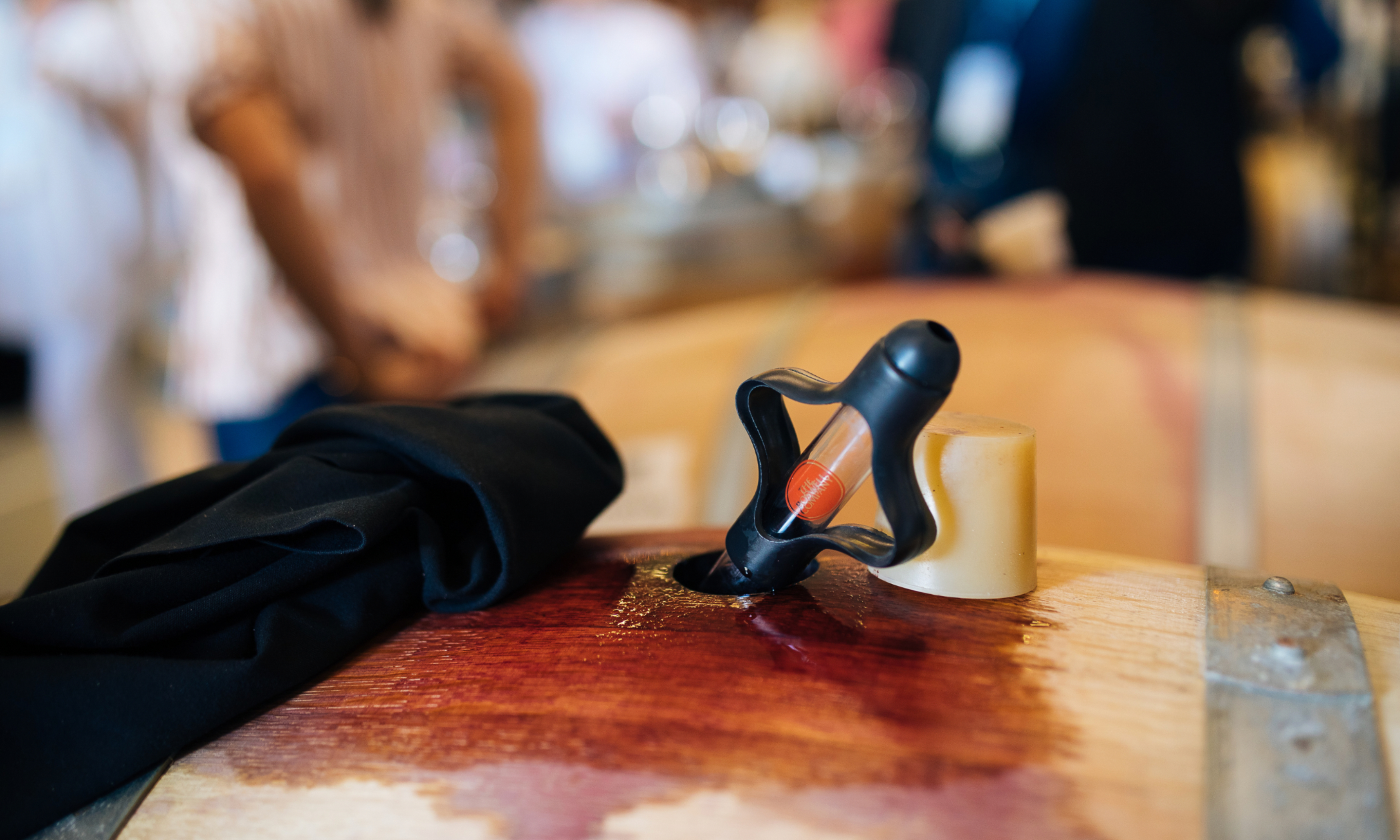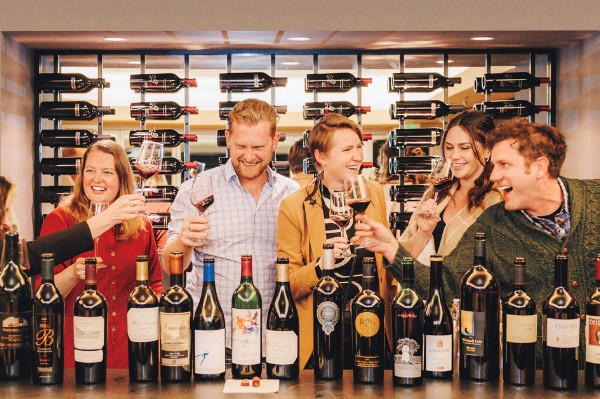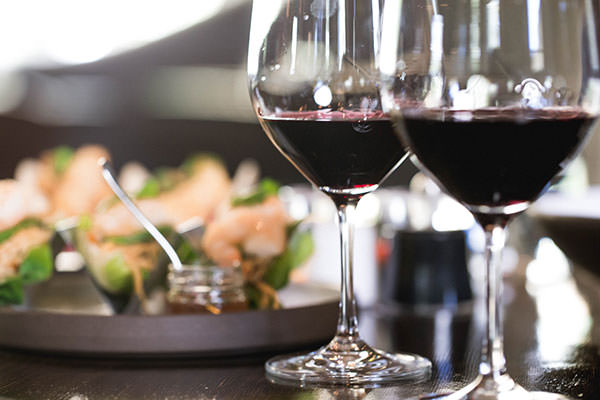Tasting a wine from barrel is essentially having a glimpse of that wine as an awkward teenager. Despite the guarantee that the wine will improve as it matures – why else would winemakers keep it in barrel so long – it’s fun to taste it in its youth.
As you taste wine from barrel, it’s important to understand what you are tasting in order to create a vision of what the wine will be once it finds its way into the bottle.
As a wine ages in barrel:
The color of red wines change from a deep purples to a ruby red. For white wines, especially Chardonnay, the wine changes from pale to deep straw. The primary fruitiness of the wine will subdue and integrate as the wines takes on characteristics of the oak. The wine’s natural tannins which comes from the skins and seeds will transform from drying and astringent to smooth and velvety. The bottled wine you’ll enjoy at home will almost always be deeper red (or golden for whites), less abruptly fruity, more integrated and silkier than what you taste out of the barrel. But, it’s still fun to taste it before it’s public debut.
8 QUICK TIPS
- There may be a little sediment in some of the wines. This is natural.
- A wine’s color will change quite dramatically during its time in barrel. You may notice the youngest wines to be the darkest of the bunch, while the color of those with more time in barrel will be more like a bottled wine.
- When assessing young wines in barrel, you are looking to determine whether there is a good balance of fruit, acid and tannin. These components allow a wine to remain balanced as it develops in bottle over the years.
- Young wines in barrel will show considerable levels of tannin, which come mostly from the skins and seeds of the grapes. These tannins are experienced as a drying, astringent sensation on the palate.
- Wines from hillside vineyards tend to be more tannic than those from the valley floor. As you taste, see if you can get a sense of how climate and topography can have a direct effect on a wine’s structure.
- As you taste through the various vintages, pay attention to how the aromas and flavors change. The younger wines will display more primary fruit qualities, but as wine spends more time in barrel the oak influence (spices like cinnamon and nutmeg, cedar, vanilla, caramel, etc…) will become more evident.
- Pace yourself and drink some water or eat something after tasting 6-8 wines or so. It is easy for your palate to get “tannin overload” and diminish your ability to taste other flavors in the wines.
- Enjoy! You are getting a rare look at unreleased wines which is a fun learning experience for wine lovers everywhere!
Read about why winemakers use wood barrels to age their wines here.




